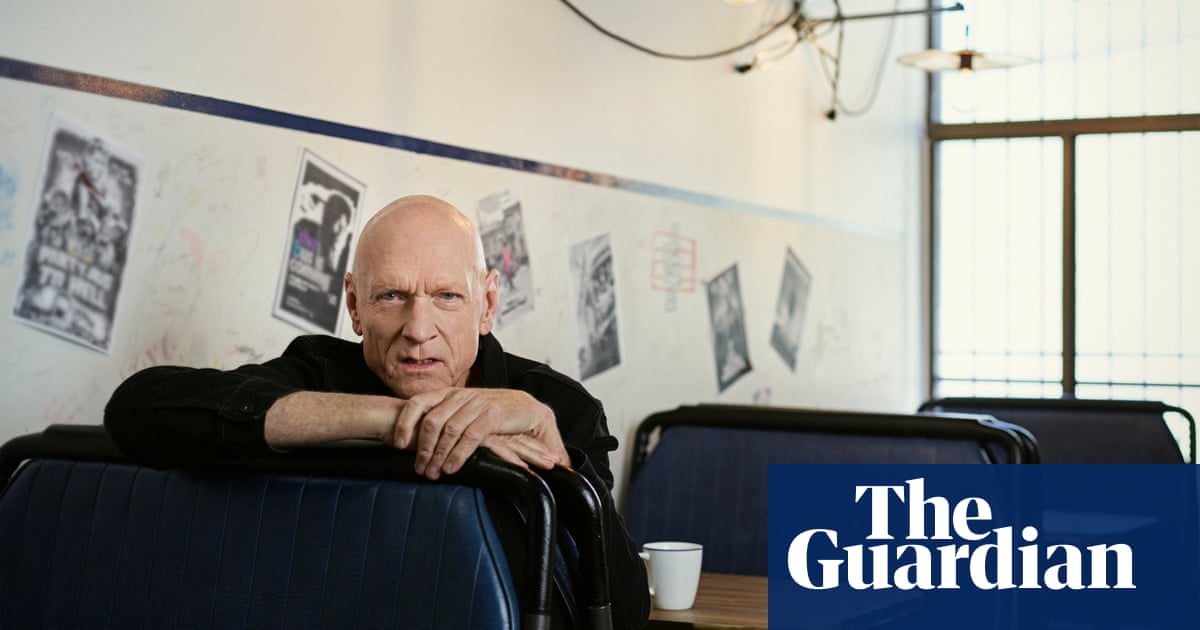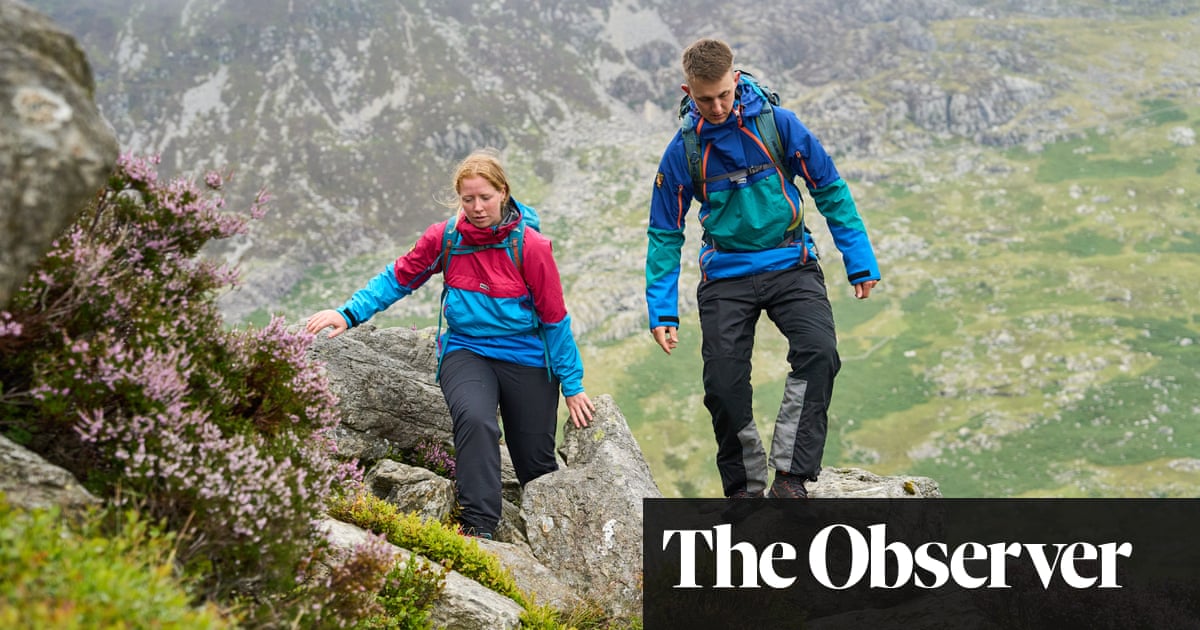Donald Trump has made a point in recent months of deriding his rival Joe Biden as being cognitively impaired, mocking the 81-year-old US president for his verbal stumbles and accusing him of falling both up and down stairs.
But people in glass houses shouldn’t throw stones.
On Saturday night Trump, who turned 78 on Friday, returned to the theme during a speech in Detroit, Michigan to the rightwing group, Turning Point Action. He sarcastically quipped that Biden “doesn’t even know what the word ‘inflation’ means”, and challenged his rival in the 2024 election to take a cognitive test just as he had done when he was in the White House.
Trump told his audience that he had “aced” the cognitive test following advice from the then presidential physician, a Republican member of Congress whom he named as Ronny Johnson. “Has anyone heard of Ronny Johnson, congressman from Texas?” he asked the crowd.
“He was the White House doctor, and he said I was the healthiest president, he feels, in history. So I liked him very much.”
The Ronny Johnson who administered Trump’s test was in fact Ronny Jackson, who represents Texas’s 13th congressional district. Jackson has been one of Trump’s most loyal advocates since entering the US House in 2021.
Trump’s Saturday night gaffe was instantly shared on social media. One of the most gleeful postings came from Biden’s rapid response team.
Trump was speaking at the People’s Convention, a gathering of about 2,000 Make America Great Again (Maga) supporters organized by Turning Point Action. His 80-minute speech, in which he promised to answer questions from the audience but then notably failed to do so, was the headline act of three days of what the group billed as “training” for Republican troops ahead of the November election.
The event was held in downtown Detroit, a consciously provocative choice of location by Turning Point’s founder Charlie Kirk, given that the city is 77% African American and overwhelmingly Democratic. Kirk has been widely criticized in recent months for a stream of racist and sexist comments including his statement that Martin Luther King was an “awful” person.
Trump’s visit to Detroit was significant, given that Michigan is one of a handful of critical battleground states that are likely to determine the outcome of this year’s presidential race. In 2020 Biden won the state by just over 150,000 votes.
The former president has been attempting in recent campaign appearances to present himself as popular with Black and Latino voters in the wake of a series of polls that show his support among these demographic groups edging upwards. Last month he staged a rally in the heart of the South Bronx, a heavily Hispanic and African American community in New York City.
Before addressing the Turning Point convention, Trump visited a Black church in Detroit for an event billed as a “community roundtable”. His campaign team simultaneously announced the formation of what it called “Black Americans for Trump”, a coalition of African American elected officials, religious leaders and celebrities who have endorsed him.
Kwame Kilpatrick, the Black former Democratic mayor of Detroit who was released from a 28-year prison sentence for public corruption crimes after Trump pardoned him in 2021, was among those who leant their names to the announcement. “I can never thank President Trump enough for what he’s done for me and my family by giving me freedom,” he said.
But Kilpatrick stopped short of endorsing Trump for a return to the Oval Office. He added: “I believe this election and the issues involved are personal to every family and every person in America.”
If Trump had been hoping that a headline speech at the Turning Point convention would further improve his standing with Black voters, he would have been disappointed. The crowd before him was almost exclusively white.
Those attending were able to hear speeches from a range of Trump luminaries, including his former chief White House strategist Steve Bannon who was greeted in the auditorium by chants of “USA, USA”. Supporters could also pose for selfies in front of a gold-plated Mercedes bearing Trump’s image on the bonnet.
In his Turning Point speech, Trump managed to resist any temptation to disparage Detroit in line with his recent habit of pouring scorn on majority-minority Democratic cities. On Thursday, he sparked controversy with his comments on Milwaukee, Wisconsin, where he is set to be nominated next month as presidential candidate at the Republican National Convention.
Trump reportedly denounced Milwaukee as a “horrible city” to fellow Republicans on Capitol Hill.
Though he spared Detroit, Trump did make similarly denigrating remarks on Saturday about the nation’s capital which is 53% Black and Latino. He called Washington DC a “nightmare of murder and crime”, warning visitors to the Washington Monument and Jefferson Memorial that “you end up getting killed, you end up getting shot, beat to a pulp”.









